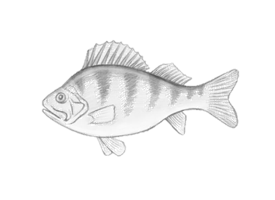Description
Students expose plants grown from seeds to varied conditions to test how each affects plant growth. Create the following conditions: (1) plenty of water, but no light, (2) light, but limited water, and (3) exposure to plenty of light and water. Begin by planting seeds for all conditions in containers with moist soil to start the experiment so that they can germinate (sprout). Then do not add water for the remainder of the experiment for the “limited water” condition. For samples receiving plenty of water, continue to provide water such that the soil surface is moist but without any puddles. For samples receiving sunlight, put the plant in a location that is both sunny and protected from harmful situations (e.g., physical disturbance, extreme temperatures). A south-facing window sill may be ideal. Students monitor the health of the plants and record observations daily to draw conclusions about the effects of the abiotic factors (light and water) they test. However, keep discussion of student observations to a minimum until Student Experience 4 so that their meaning fits into the conceptual flow of the pathway.
What to Expect
Samples with no light or limited water should not have healthy growth, but samples with plenty of water and light should grow well. The plants in the no-light condition will likely grow faster and taller because genes that control growth cause plants to grow straight up (against gravity) and toward the Sun, even in the dark. However, without light, these plants will also likely have less green color and will not thrive toward the end of the three week period.
Implementation Tips
- Plants that are highly branched and grow quickly are good choices (e.g., bush-type green beans or lima beans)
- Not all seeds sprout when planted. To increase the chances that there is at least one plant for all conditions, plant three seeds for each.
- Bring the “no light” plants into the light each day only long enough to make observations.
- Students can monitor height, color, and fullness (amount of leaves) of plants to gauge plant growth/health.
